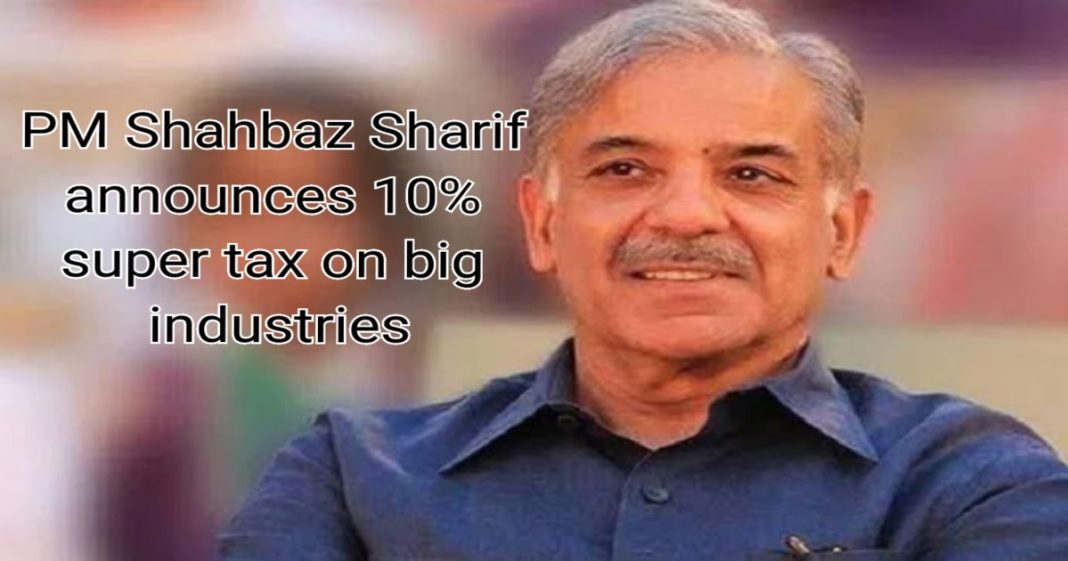Recently, Prime Minister Shahbaz Sharif announced ‘super tax’ of 10 percent on large-scale industries which created panic in the business community and resulted in an immediate fall in Pakistan Stock Exchange (PSX). Opposition also criticized this measure and said that large businesses create employment for millions of people and expressed their apprehension of closure of industries.
Read more: Exploring the effectiveness of super tax
In response, PM Shahbaz Sharif explained on Twitter the rationale behind the 10 percent super tax on the affluent people.
In the following tweets, I explain the rationale behind the announcement of 10% super tax on the affluent people.
— Shehbaz Sharif (@CMShehbaz) June 24, 2022
He began with brief background that when the coalition government held the office, it had 2 apparent options, whether to announce elections leaving the economy broken or cope with the economic challenges first. He said, “we opted to save Pakistan from economic quagmire even if it involved political risks. We put Pakistan first.”
Moreover, he claimed this budget to be the first one containing plan for revival of the economy. Tough measures being taken will assist the country to step out of the economic crisis. The government has attempted to place least burden on lower income and salaried class.
He added that this decision has been taken with an objective of alleviating poverty. “We have asked our affluent segment of society to fulfil the national duty by sharing the burden, for it is the poor who have always borne the brunt & rendered sacrifices for the country”, Shahbaz Sharif said.
He clarified ‘two things’, first that it is a direct tax imposed on the income of people and industries lying in certain brackets of income. Secondly, tax collected through this measure will be utilized in the most productive manners for people experiencing financial constraints.














